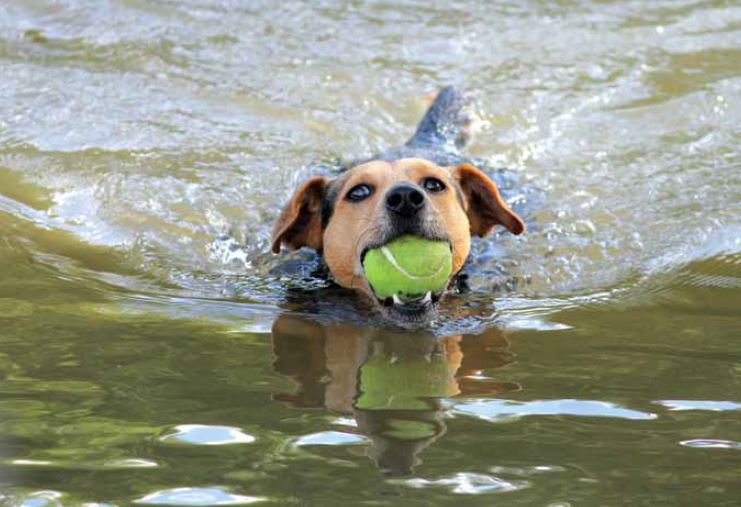
Finding out that your pet has diabetes doesn’t have to spell doom.
New Delhi, September 14, 2019: Believe it or not, the recent surge in the occurrenceof diabetes isn’t limited to humans – it is also being found in dogs in rapidly growing numbers. Mostoften, diabetes in older dogs is identified as Diabetes Mellitus, and happens because your dog’s pancreasbecomes unable to produce enough insulin tomaintain healthy blood sugar levels.
Diagnosis & Symptoms
The earliest signs of diabetes in dogs is an increasein thirst and urination. However, by the time thesesymptoms are noticed, often the pet has had highblood glucose for a while. Hence routinely checking theblood glucose in older dogs as a part of regular annualscreenings is advisable. When your pet’s blood reportshows a high glucose value, your vet may want tocheck for other conditions before concluding that yourpet is diabetic. Other signs of diabetes include loss ofappetite, lethargy, vomiting, rapid weight loss. As soonas you see any such symptoms in a middle-to old-agepet, please consult your veterinarian immediatelyand check your pet’s blood glucose as well as otherparameters as suggested by your vet. The mean ageof onset of diabetes in dogs is eight years. Juvenilediabetes can occur in dogs, but is quite rare. Diabetesis seen more in certain breeds (Dachshunds, MiniaturePinschers, Labradors) than others and hence doesseem to be influenced by genes.
Treatment & Management
The treatment of choice for all diabetic dogs isInsulin injections given subcutaneously at 12-hourlyintervals. Your veterinarian will prescribe the idealinsulin for your pet and will teach you how to measurethe dose accurately and inject your pet. Sometimesfluid therapy and other treatments are required inthe early stages to address secondary conditionsresulting from prolonged high blood glucose.
To read more, subscribe to Buddy Life!










 " >
" >
 " >
" >